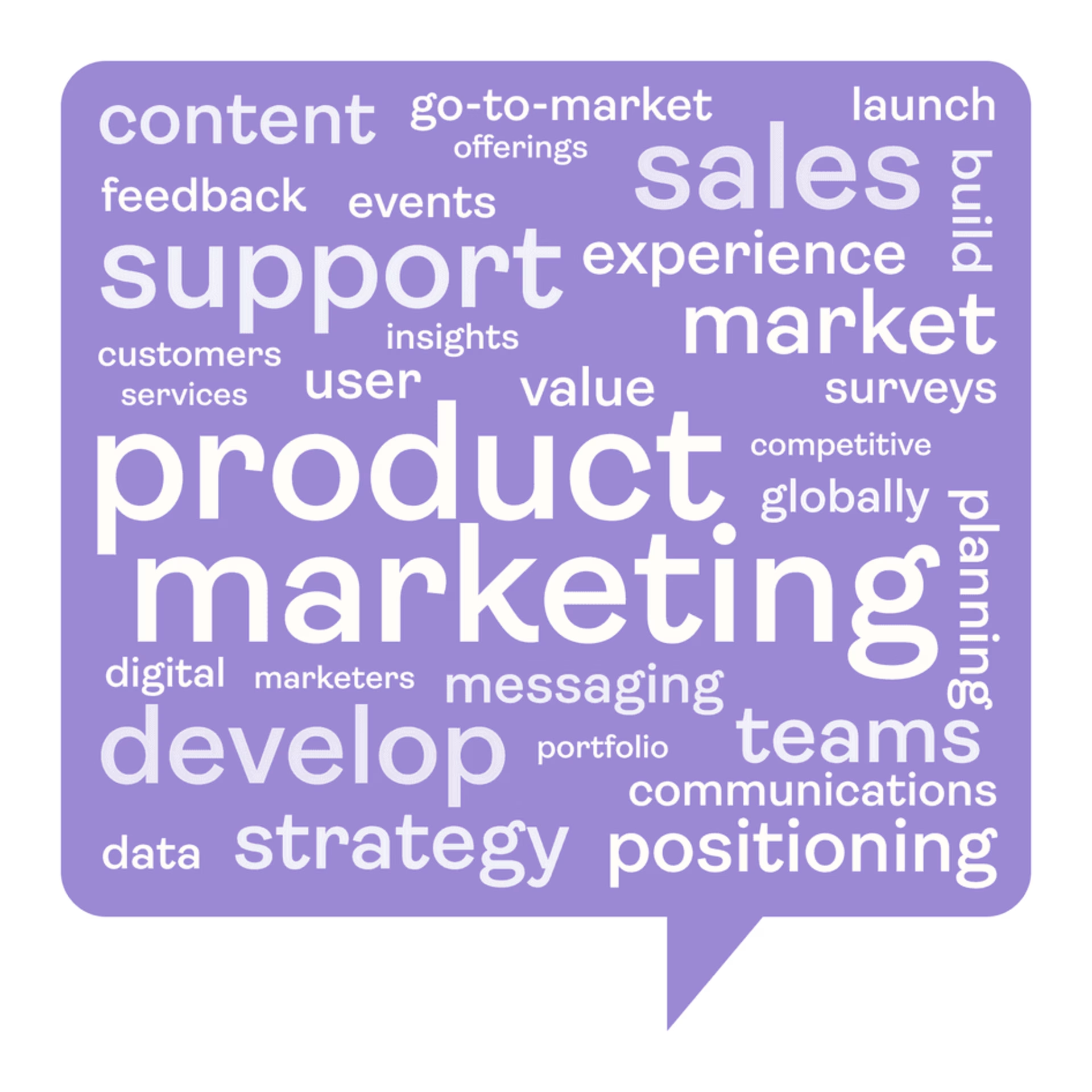Great products don’t need a hard sell—they sell themselves. Product-led growth transforms user satisfaction into a powerful growth engine, turning engaged customers into loyal advocates. By focusing on seamless experiences and real value, you drive organic adoption, scale efficiently, and keep acquisition costs low—all while building a product people truly love.
In this guide, you’ll learn what product-led growth is, how it works, and why it’s worth doing—with examples from real companies.
What is product-led growth?
Product-led growth (PLG) is a go-to-market strategy that focuses on the product as the primary way to attract, convert, and retain users.
Product-led growth is achieved by optimizing the user experience (UX)—making it easy for customers to sign up, quickly get value from the product, achieve their jobs-to-be-done (JTBD), and share their positive digital experience with others, fueling word-of-mouth growth.
A product-led growth strategy isn’t executed in a vacuum, and using this approach doesn’t mean you can’t employ other customer acquisition methods like direct sales or marketing campaigns. The led part of PLG simply means that more growth is driven by the product—and therefore how users interact with it—than by anything else.
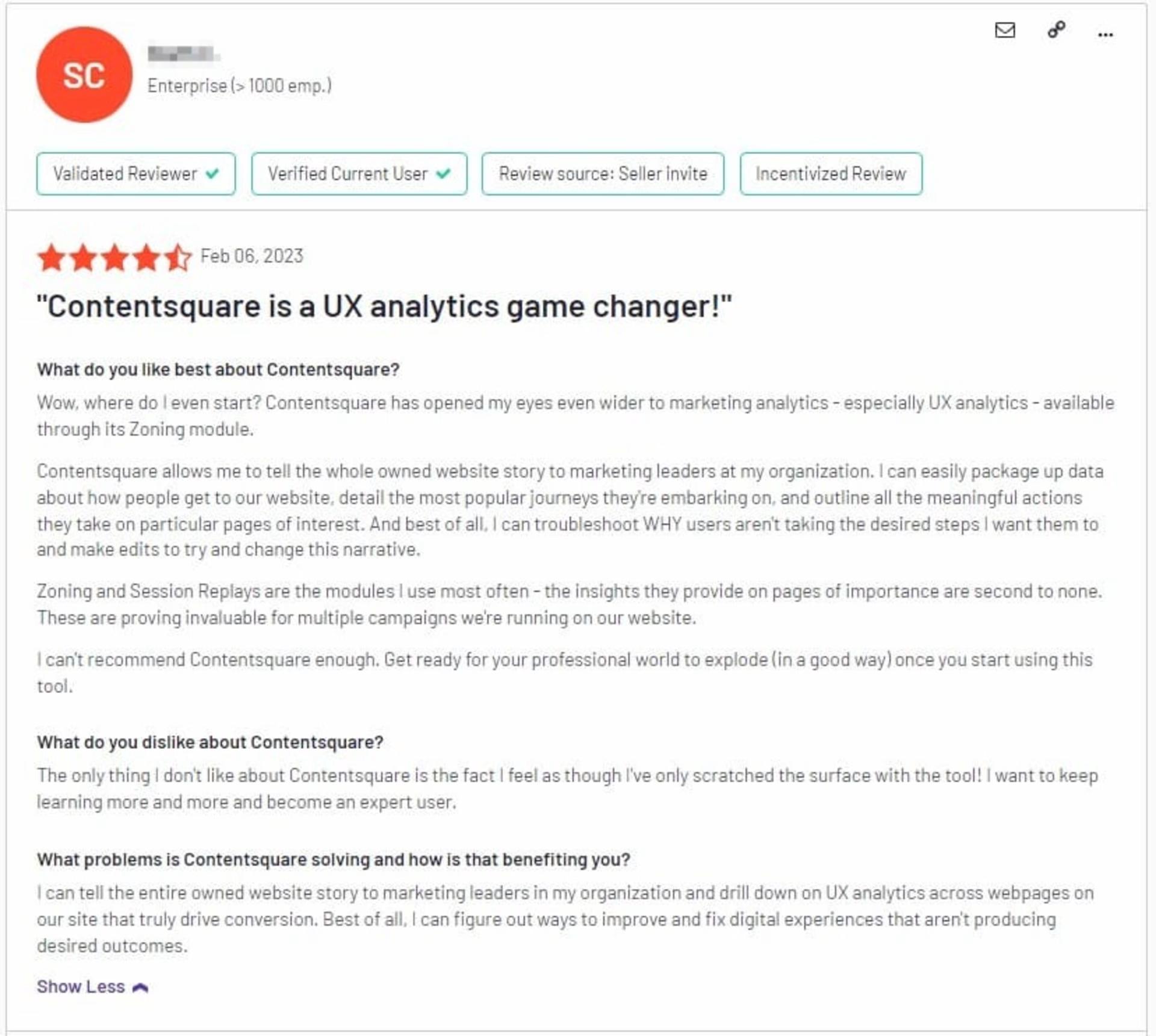
(Source: Convert)
Who can use product-led growth?
Most product-led growth is found in the digital or SaaS (software-as-a-service) space, but it won’t necessarily work for every type of online business or product. There are 4 main criteria a company must meet to have success with PLG:
Market: your product needs to serve a large market (not be enterprise-only)
Model: users must be able to sign up and pay online with credit cards, PayPal, etc. (self-service customer acquisition), and pricing must be accessible (inexpensive) and transparent. You want to give people an easy way to try your product for free, so you need a freemium plan or free trial.
Channel: focus on low-cost marketing channels like word-of-mouth, content marketing, or cost-effective PPC advertising
Product: you need a product with a broad value proposition, and very quick time-to-value (low product complexity)
Check out the examples section at the end of this guide to see how real PLG companies meet these criteria.
Why is product-led growth important?
Product-led growth has several business benefits over other growth strategies (like a sales- or marketing-led approach), including:
Lower customer acquisition costs (CAC): with the majority of customer growth coming from word-of-mouth referrals, attracting new customers is cheap
Higher retention, lower churn: since products are designed to provide immediate and continuing value to users, product-led growth can lead to lower-than-average churn rates.
Higher revenue per employee (RPE): with a focus on self-service sales and support, a PLG company can achieve high recurring revenue with low employee numbers
Higher customer satisfaction (CSAT) and Net Promoter Score® (NPS®): with more time spent looking at user data and improving digital experience and UX, product-led companies can achieve customer delight, which turns users into fans and feeds back into word-of-mouth growth (known as the product-led growth flywheel)
Innovative decision-making: product-led growth forces traditional decision-makers (C-suite executives) to widen the decision-making process to a larger and more diverse group of stakeholders, leading to more innovative ideas and business decisions that include product, engineering, and support teams.
📖 For more ways to measure the benefits of product-led growth, read our guide to product-led growth metrics.
Product-led growth means that every team in your business influences the product.
How product-led growth impacts product teams
Product-led growth affects every team in a business. While PLG doesn’t mean product teams are running everything, it does make them responsible for:
Ensuring everyone in the business understands what’s happening in the product by democratizing product data and sharing insights with stakeholders
Combining expertise across the company by building cross-functional collaboration teams
See it in action: the team at powerhouse retailer Cotton On used Contentsquare’s Session Replay tool to understand customer behavior on their website. By analyzing the data, they identified where customers were getting frustrated and abandoning their shopping experience. This allowed the team to streamline navigation, improve product discoverability, and optimize search filters to boost conversions.
![[visual] Session replays of a user browsing different homepages, captured using Contentsquare](http://images.ctfassets.net/gwbpo1m641r7/56W3cZDX2YmJvOjE3EDOz2/0872d94cdd08e9510c8f636091f425da/session_replays.png?w=3840&q=100&fit=fill&fm=avif)
Contentsquare’s Session Replay tool in action
4 ways to drive product-led growth
Assuming your product already hits the main PLG criteria (mass-market, freemium, self-service, low complexity), here are 5 impactful ways to start building product-led growth into your workflow right now:
1. Optimize the onboarding experience to deliver immediate value
In a product-led approach, users need to get value from a product as quickly as possible, because it’s the customer onboarding experience that will convince them to activate or continue beyond a free trial period.
One way to quickly improve onboarding is to use session replays to watch where new users are getting stuck. If you’re using Contentsquare, you can filter replays for rage clicks that show you where users click repeatedly in a short period, letting you know something isn’t right. Once you see what’s causing the frustration, you can implement a fix and remove friction and barriers from the onboarding process, improving time-to-value.
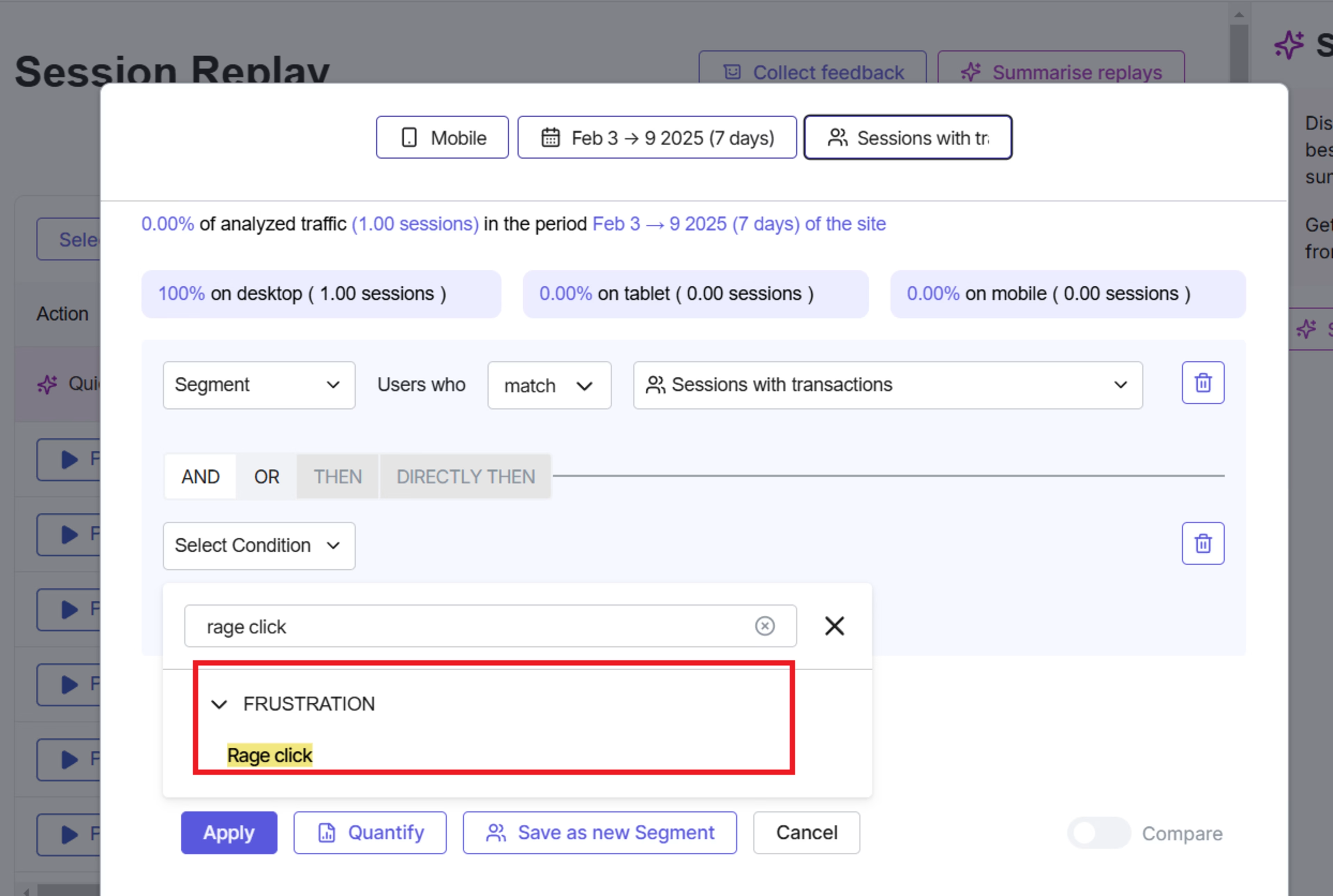
See it in action: ClassHero, a math learning platform, watched session replays to troubleshoot an onboarding rate drop from 75% to 39%. By watching replays from many users, Sales Operations Manager John Gilmore spotted the issues holding users back.
John tagged and shared clips demonstrating the problems with his Chief Product Officer, and fixing the issues became a top priority. Onboarding completion rates quickly returned to over 75%.
2. Understand your users’ JTBD
Knowing your users’ jobs-to-be-done (JTBD)—the tasks your product was ‘hired’ to do—will help you focus on optimizing and delivering features that solve key pain points.
The best way to find out why users need your product is to ask them directly. You can trigger an on-site survey (like the one below) after a successful sign-up to learn what issues people faced before deciding to use your product, like in the survey example above.
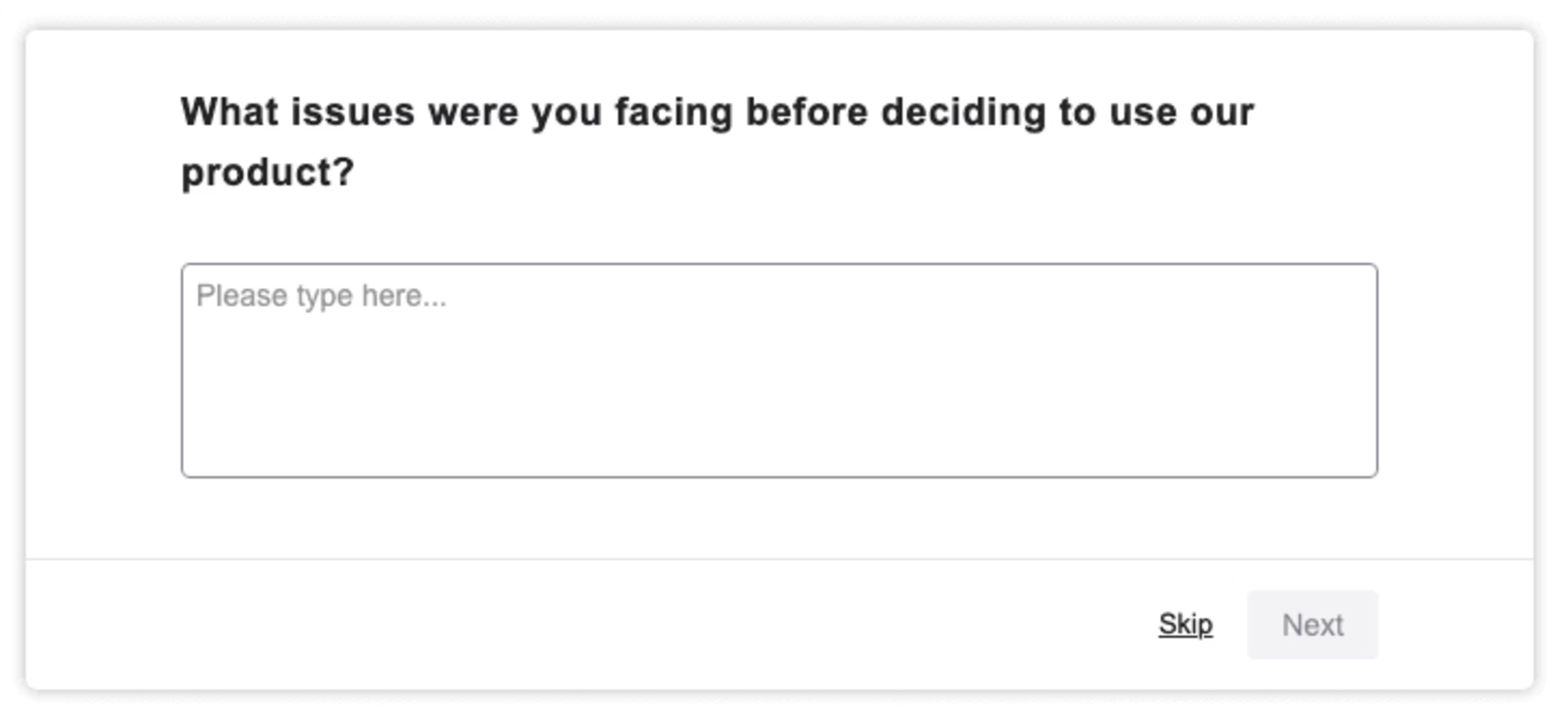
A question from a JTBD survey
Similarly, triggering an exit-intent survey on a sign-up page allows people to explain, in their own words, what’s missing from the process or what reservations they still have. Combine survey responses with session replays to see the actions users took just before they exited, alongside feedback explaining what they were trying to accomplish.
Pro tip: try our free product discovery survey template if you’re not sure which survey questions to ask. Analyzing user responses to questions like “Why did you start using our product?” and “How does this tool make your life easier?” will reveal your users’ JTBDs so you can optimize your product’s messaging and functionality to maximize adoption.
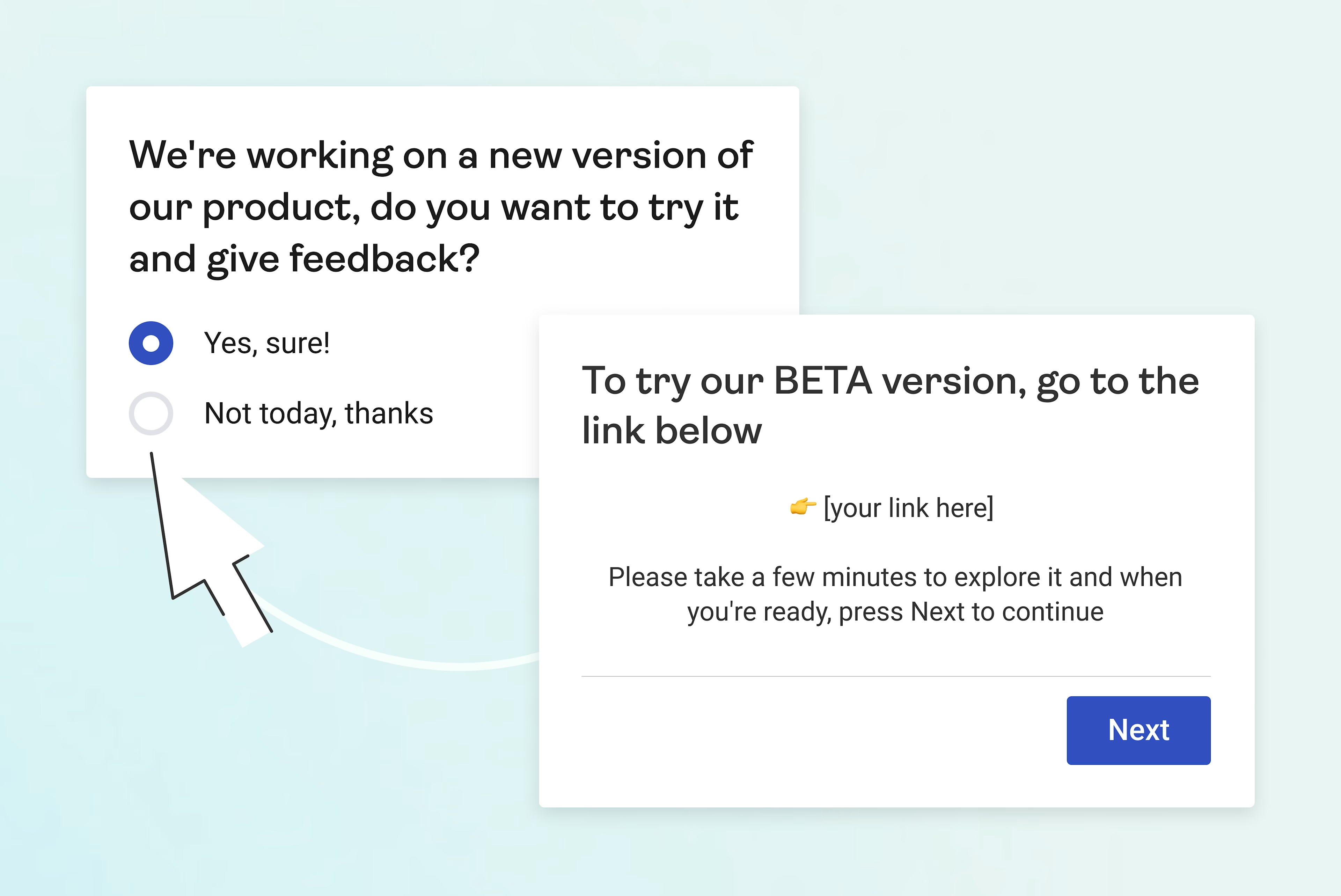
Create a product discovery survey with Contentsquare in seconds
3. Optimize the self-service purchase experience
Self-service purchase is a big part of product-led growth, because it’s instant and scales without sales or customer success teams. Conversion rate optimization (CRO) helps you optimize your landing pages to increase sign-ups and remove friction from the customer journey.
Analyze heatmaps to see which elements attract the most clicks (and what’s ignored), and where most users scroll to. Using heatmaps on key landing pages helps you find out which calls to action (CTAs) need optimizing and can give you ideas on how to make it simpler for users to sign up.
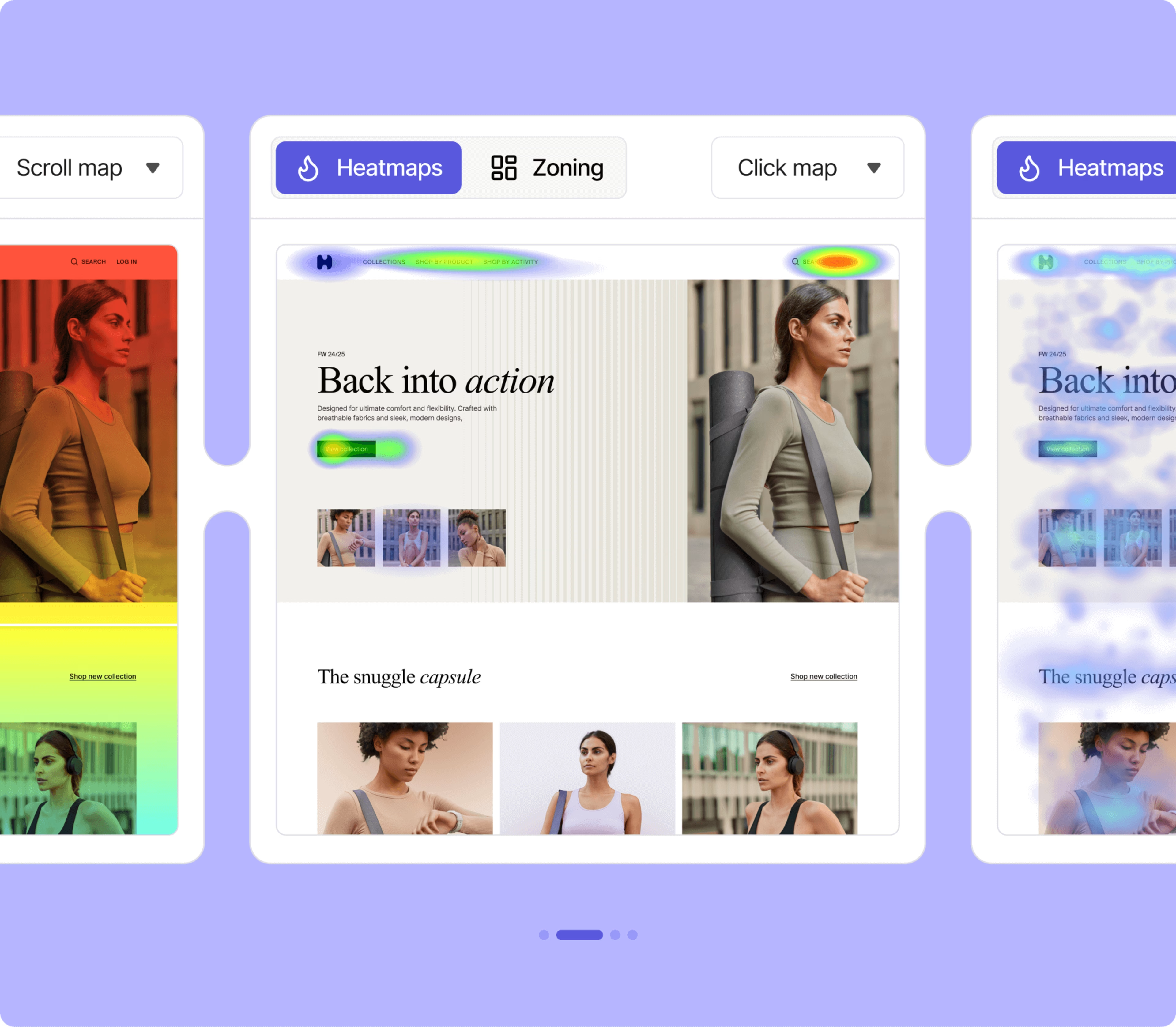
Contentsquare Heatmaps shows you the areas your website users engage with most
See it in action: Harting, a technology group, used Contentsquare Heatmaps to analyze its new product detail pages (PDPs) and found that users were experiencing too many of the same CTAs within its PDPs. Adding a sticky box with a CTA led to a 38% increase in downloads. Not bad for a single heatmap. 🔥
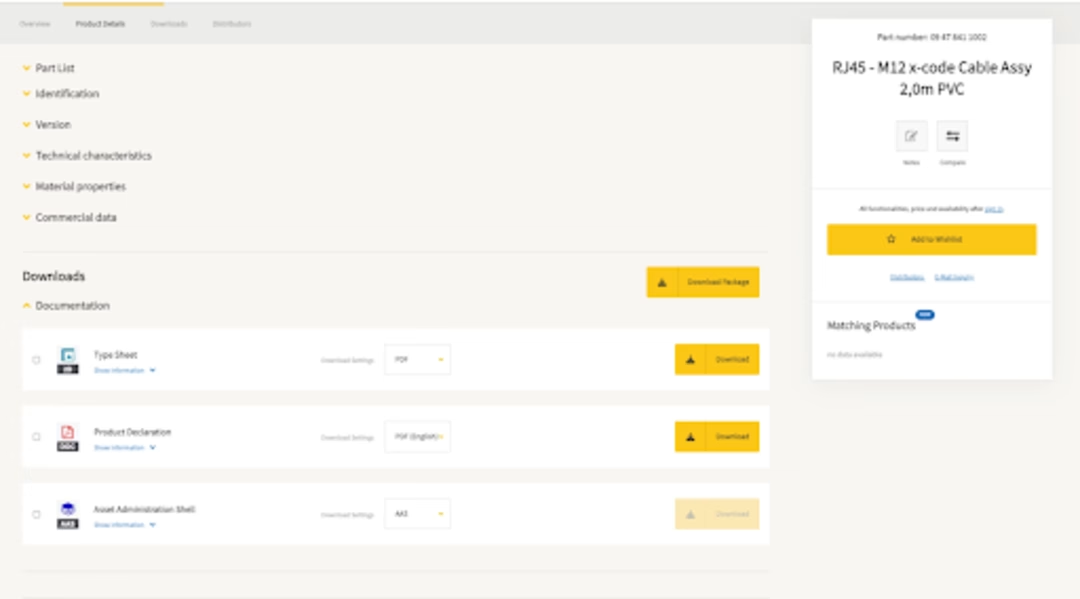
Product information categories with expandable details, followed by the reformatted downloads section with clear CTAs
4. Share product insights company-wide
Since PLG companies generally have a wider range of stakeholders than traditional businesses, product insights need to be clearly communicated so everyone can keep the product—and how it serves your users—at the heart of decision-making.
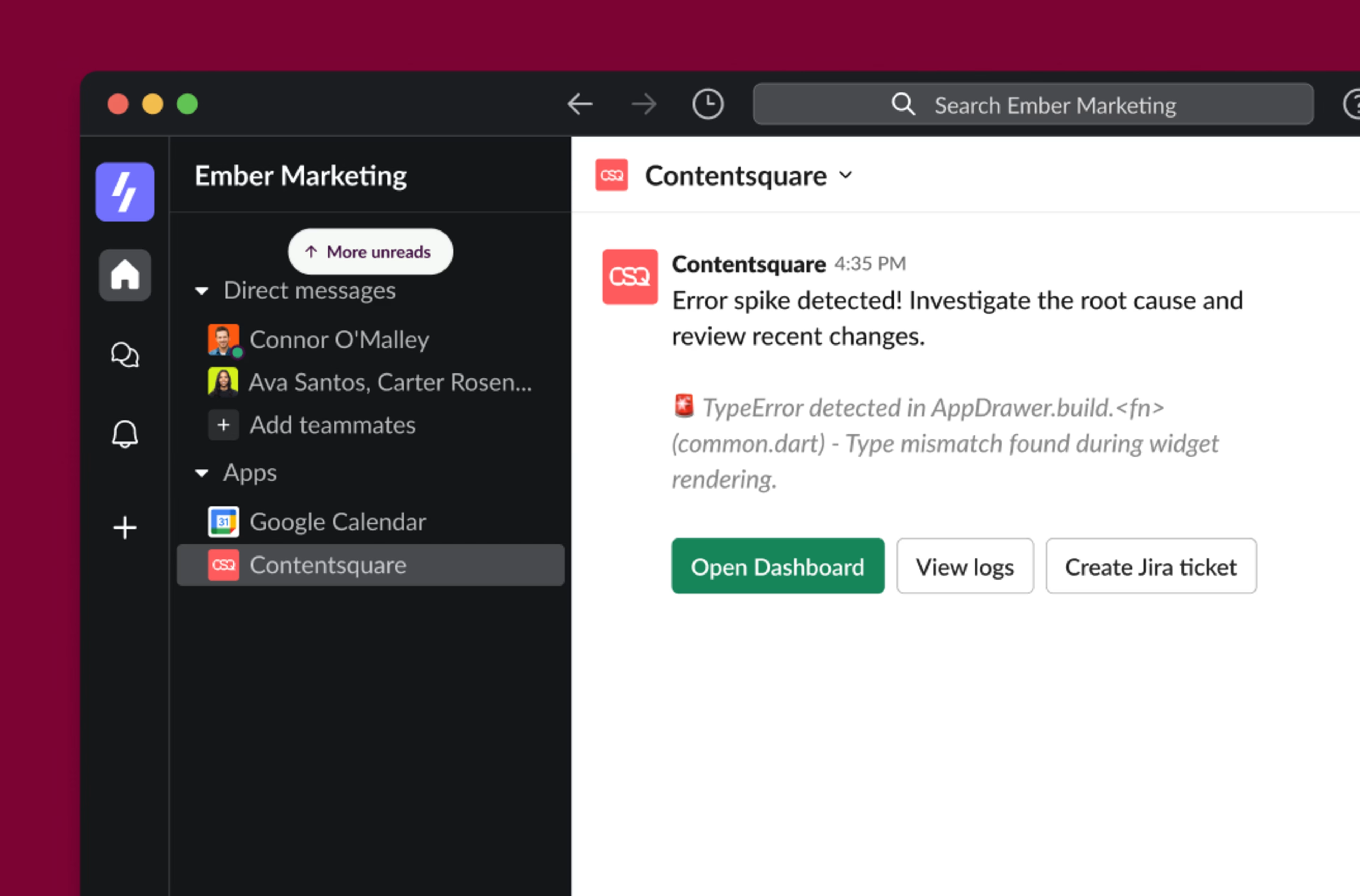
Here are some of the features we’ve built into our own product, Contentsquare, that make it easy to share digital experience insights with your teams and stakeholders:
Data from Heatmaps, Session Replay, Surveys and Journey Analysis tools can all be shared and exported, even for users on the free plan.
You can take snapshots in Session Replay and share them with your team
Contentsquare integrates with Slack to send error alerts from your dashboards straight into your team’s Slack workspace
3 examples of product-led growth companies
1. Contentsquare
Contentsquare (hey there!👋) is an all-in-one experience intelligence platform, founded in Paris in 2012.
Contentsquare’s product-led growth strategy has been crucial to its success, as the platform allows anyone with a website to benefit from it.
Contentsquare’s product-led approach—where functionality, ease of use, and in-product insights drive adoption—has fueled its growth to 1.3 million websites worldwide. With 1,000 enterprise clients spanning retail, luxury, entertainment, telco, travel, automotive, B2B, and finance, over 30% of the Global Fortune 100 now relies on its insights.
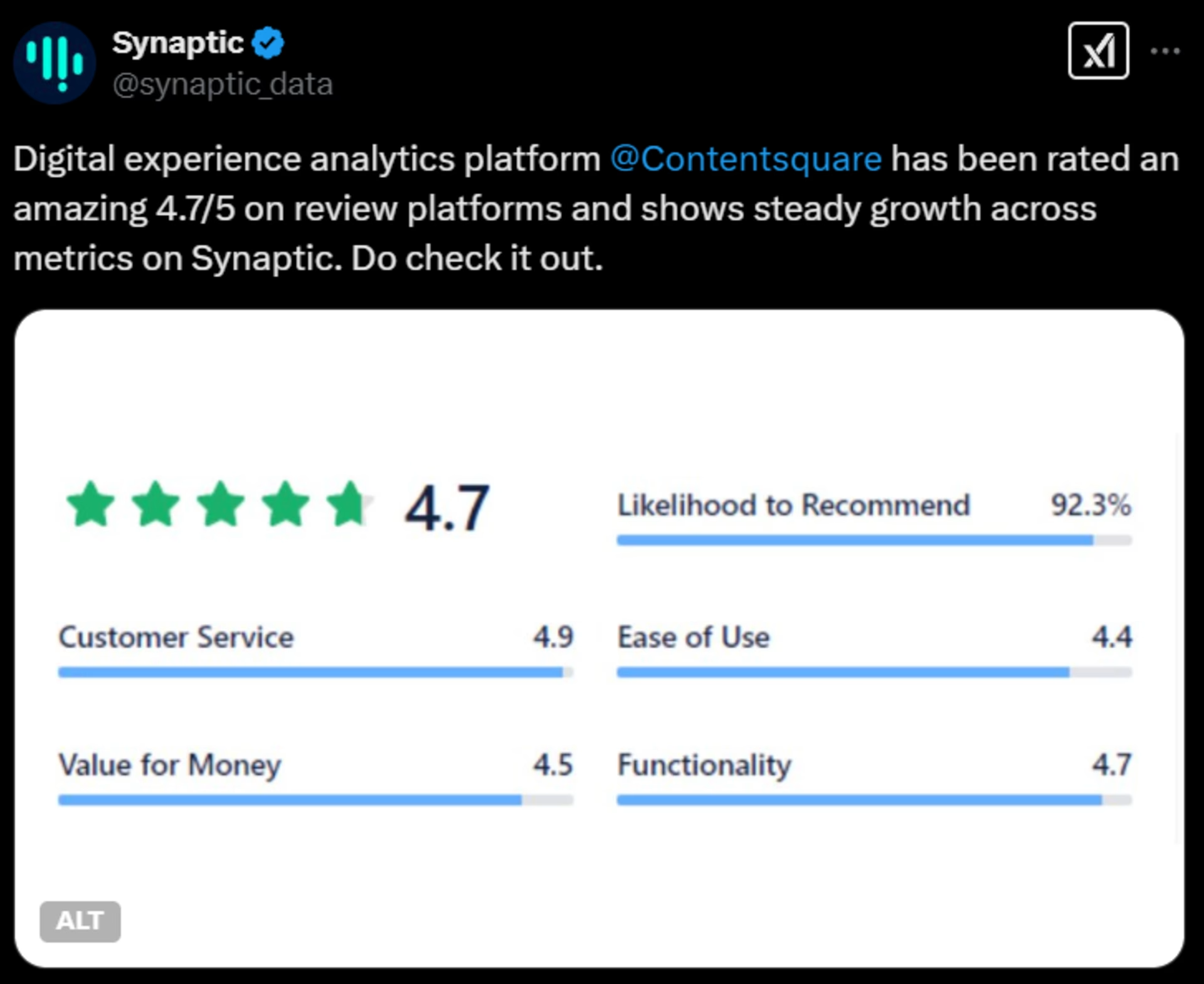
Contentsquare consistently performs well on likelihood-to-recommend metrics
Contentsquare’s pricing is typical for a product-led company: there’s a ‘free forever’ plan anyone can sign up for without a credit card (which means low friction for new users), and premium plans that scale as your business grows (as you need to capture more sessions or survey responses).
Our team also uses Contentsquare’s tools in-house to continuously optimize the product for end-users, ensuring you always have a delightful experience. 😉
While you may be unable to control your users’ mindset, you can anticipate it, and make sure that your UX caters to it.
2. ConvertKit
ConvertKit, a creator marketing platform founded by Nathan Barry in 2013, is a great example of a company that chose to pivot to a product-led growth approach after a few years.
ConvertKit’s early growth was fueled by its affiliate program, which still exists today. However, in January 2020, the company moved to a freemium pricing strategy that led to 800–1000 daily sign-ups, with a conversion to paid customers of around 4.5%.
Today, ConvertKit has an MRR of over $3.6M, a user churn rate of just 4.2% (low for a SaaS business), and a team of fewer than 149 people.
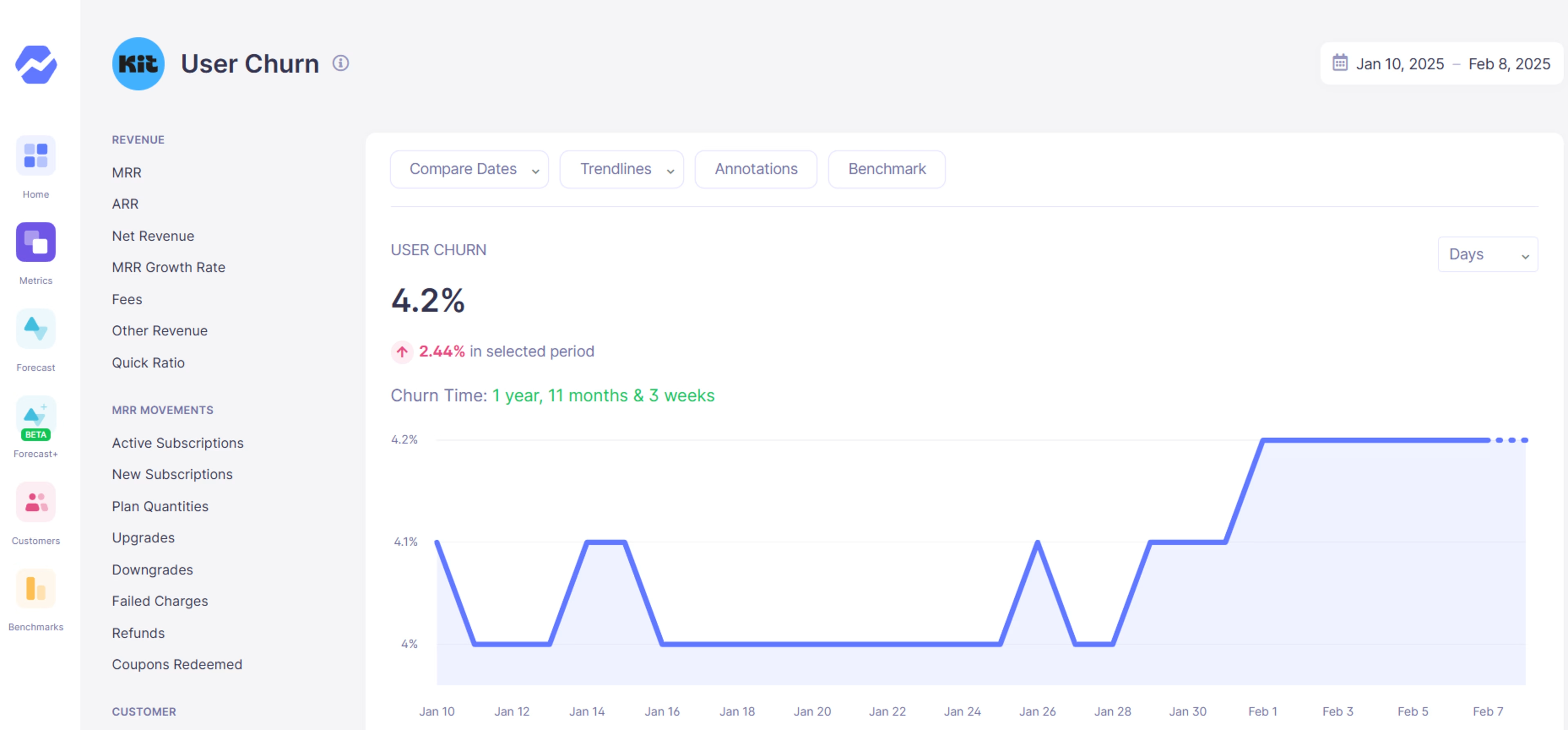
ConvertKit’s user churn rate is around 4.2%
I want to build the largest company I can with the fewest people. I want to serve hundreds of thousands of customers, hit a hundred million in revenue, and I want to do that with a really small team. Product-led growth and freemium are really important to that concept.
3. Buffer
Buffer is a social media management platform, co-founded by Joel Gascoigne in 2010. Buffer has been a product-led company from the beginning, leading them to their current RPE (revenue per employee) of over $240k.
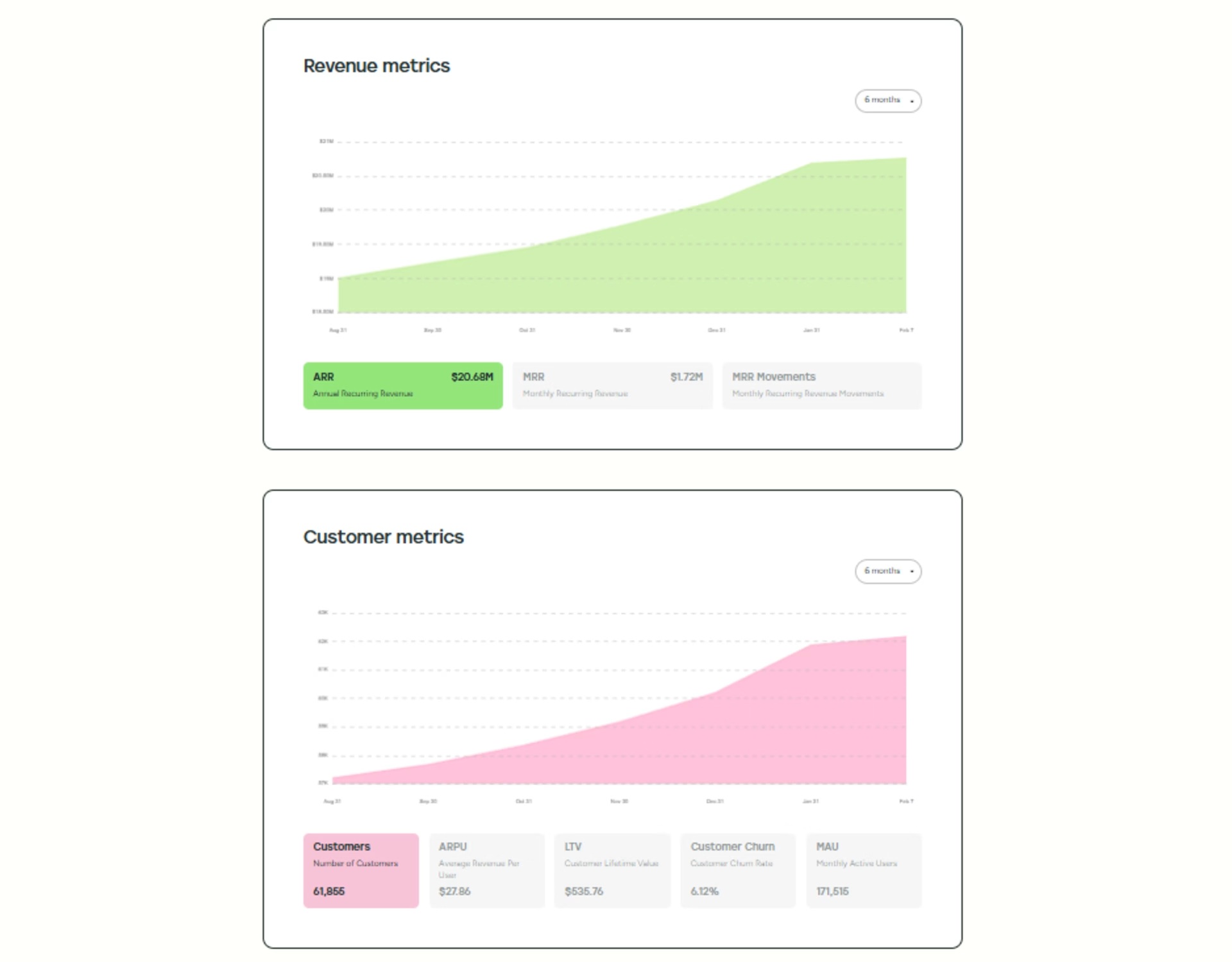
Buffer has an ARR of $20.8M and over 61,000 customers
Buffer has had a freemium pricing plan since it launched, and shareability is built-in: social media content posted via Buffer is tagged with the product name, helping with word-of-mouth growth.
Buffer has a team of around 85 people, no sales staff, and strategically hires for product-led roles. For example, as of May 2022, a Growth Product Manager at Buffer is responsible for owning the freemium experience, delivering value to customers, and understanding why users upgrade (or not).
Next steps for product-led growth
Whether you’re already working for a product-led company or simply want to add more product-led growth to your approach, the simplest way to begin is to focus on your users. Learning how they navigate your product, what annoys them, and what’s giving them joy is the first step to optimizing the product experience.
And if you need a partner in growth, give Contentsquare a try: it’s free to get started (that’s the product-led way, after all 😉).

![[Visual] Contentsquare's Content Team](http://images.ctfassets.net/gwbpo1m641r7/3IVEUbRzFIoC9mf5EJ2qHY/f25ccd2131dfd63f5c63b5b92cc4ba20/Copy_of_Copy_of_BLOG-icp-8117438.jpeg?w=1920&q=100&fit=fill&fm=avif)

